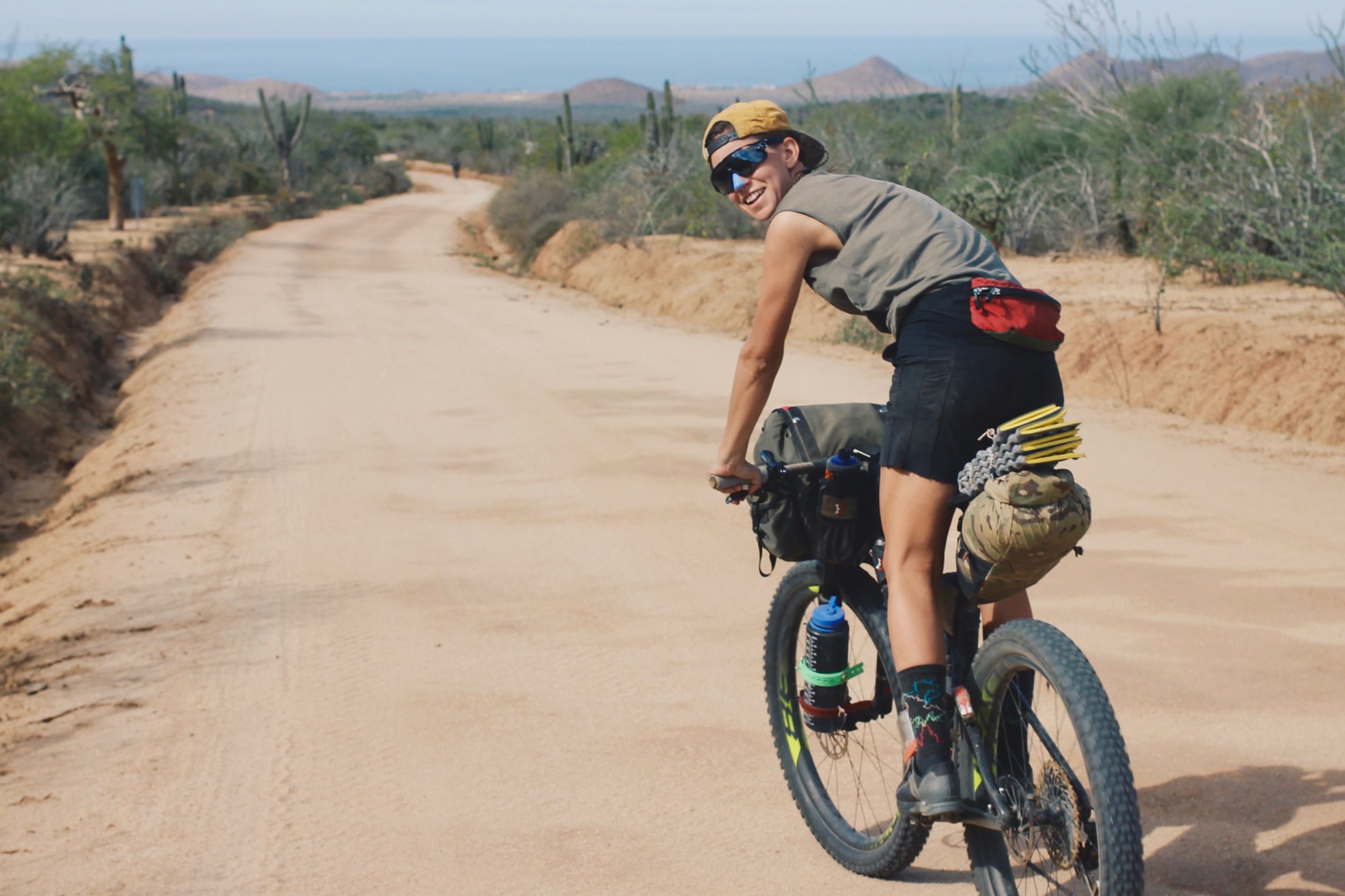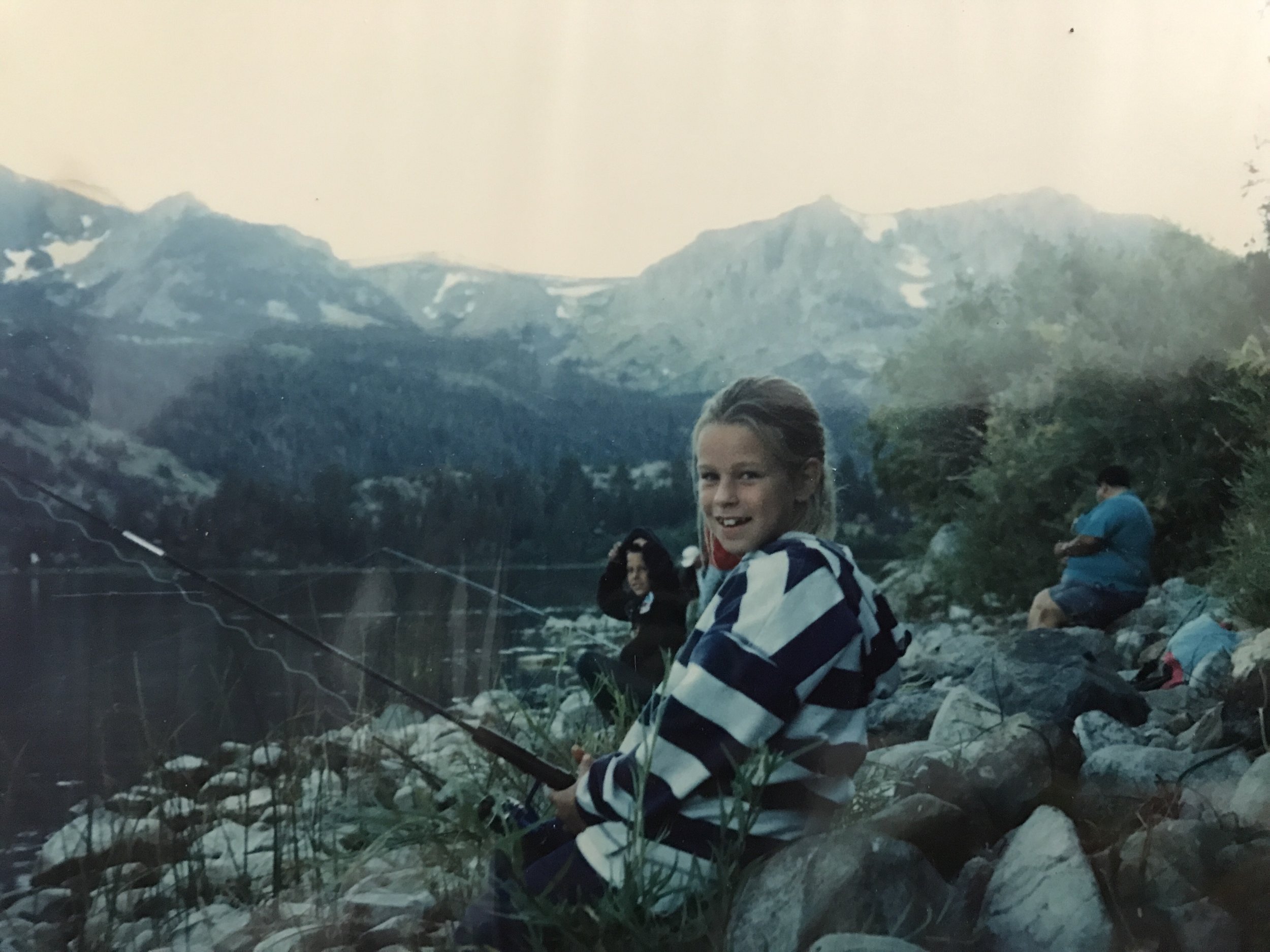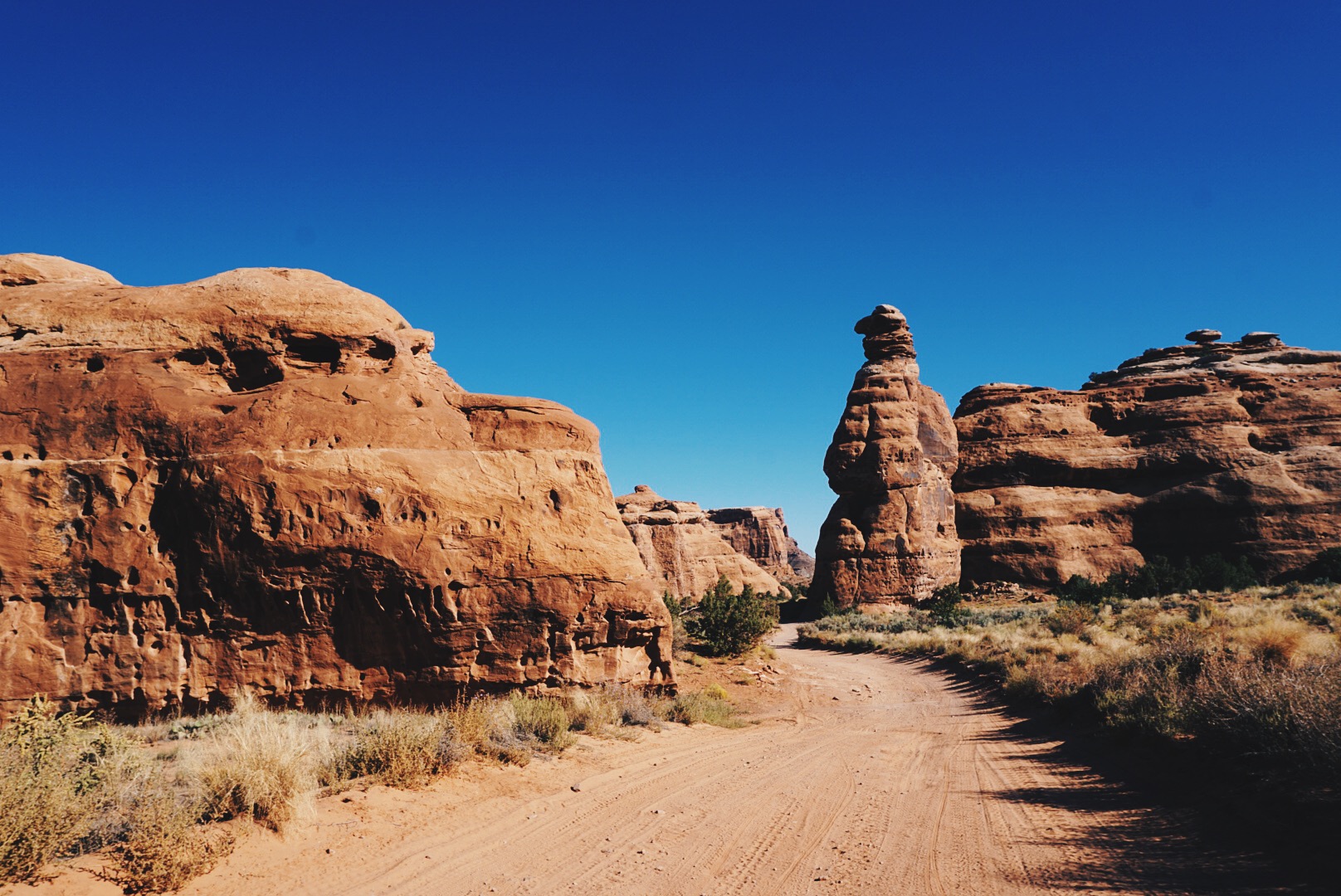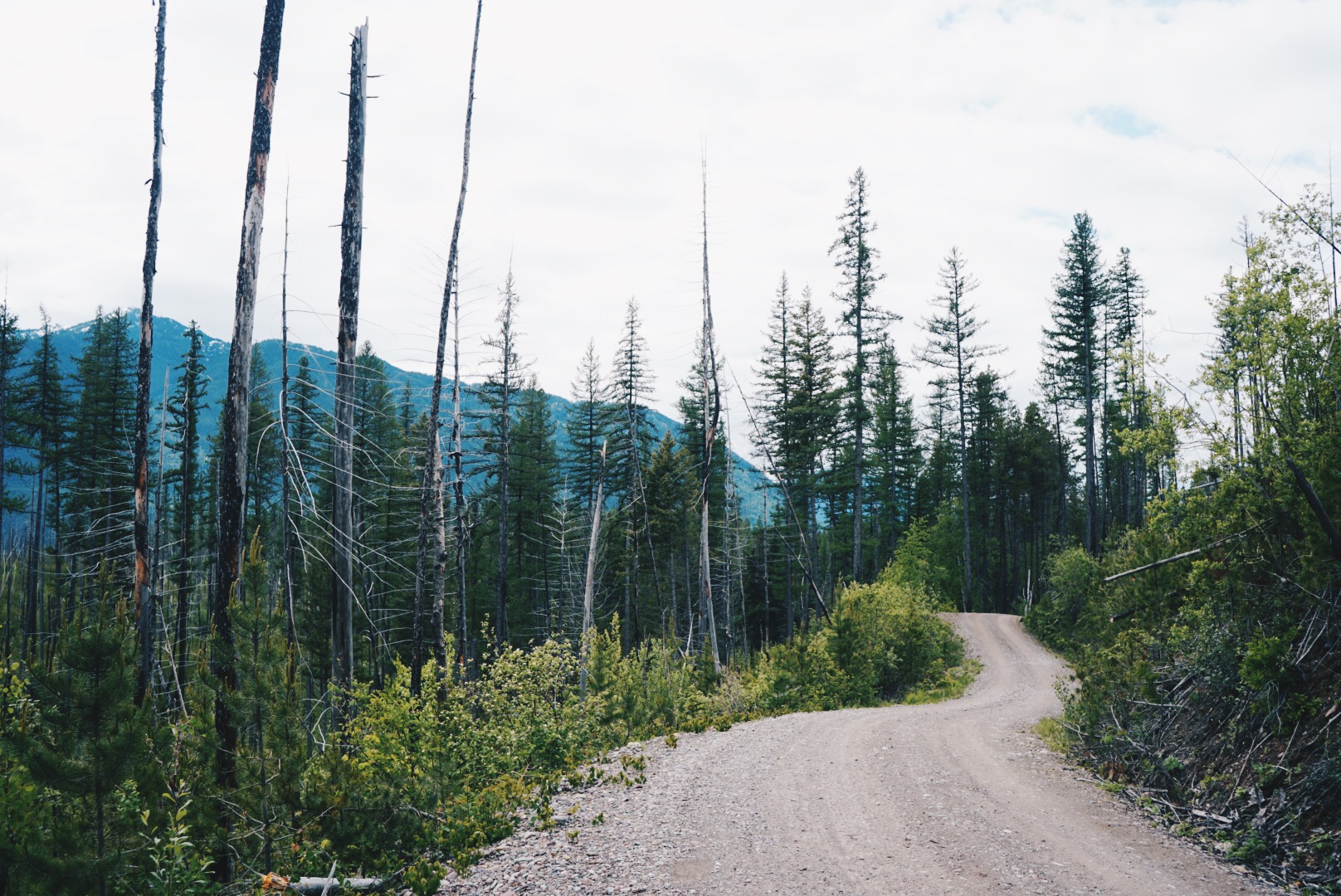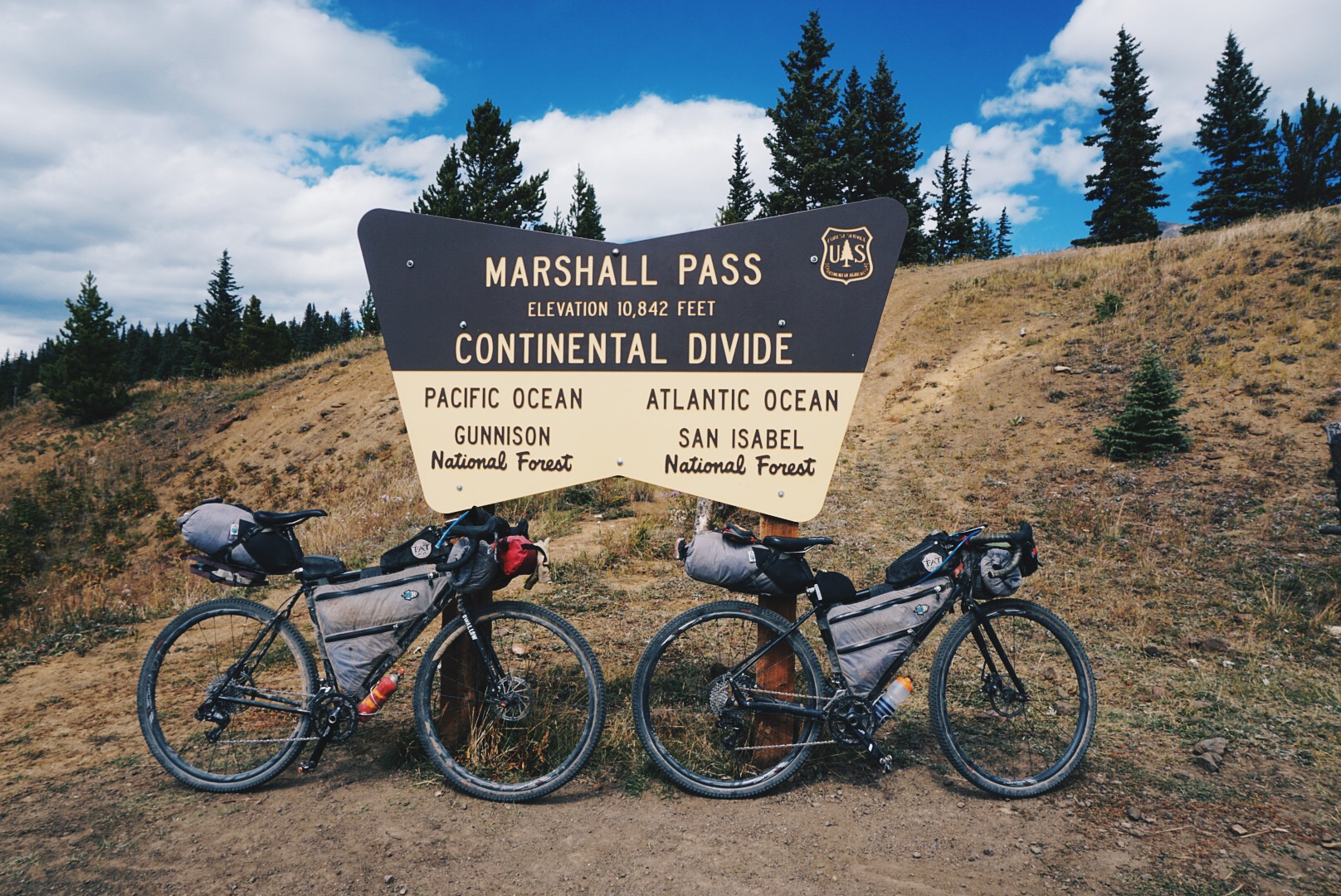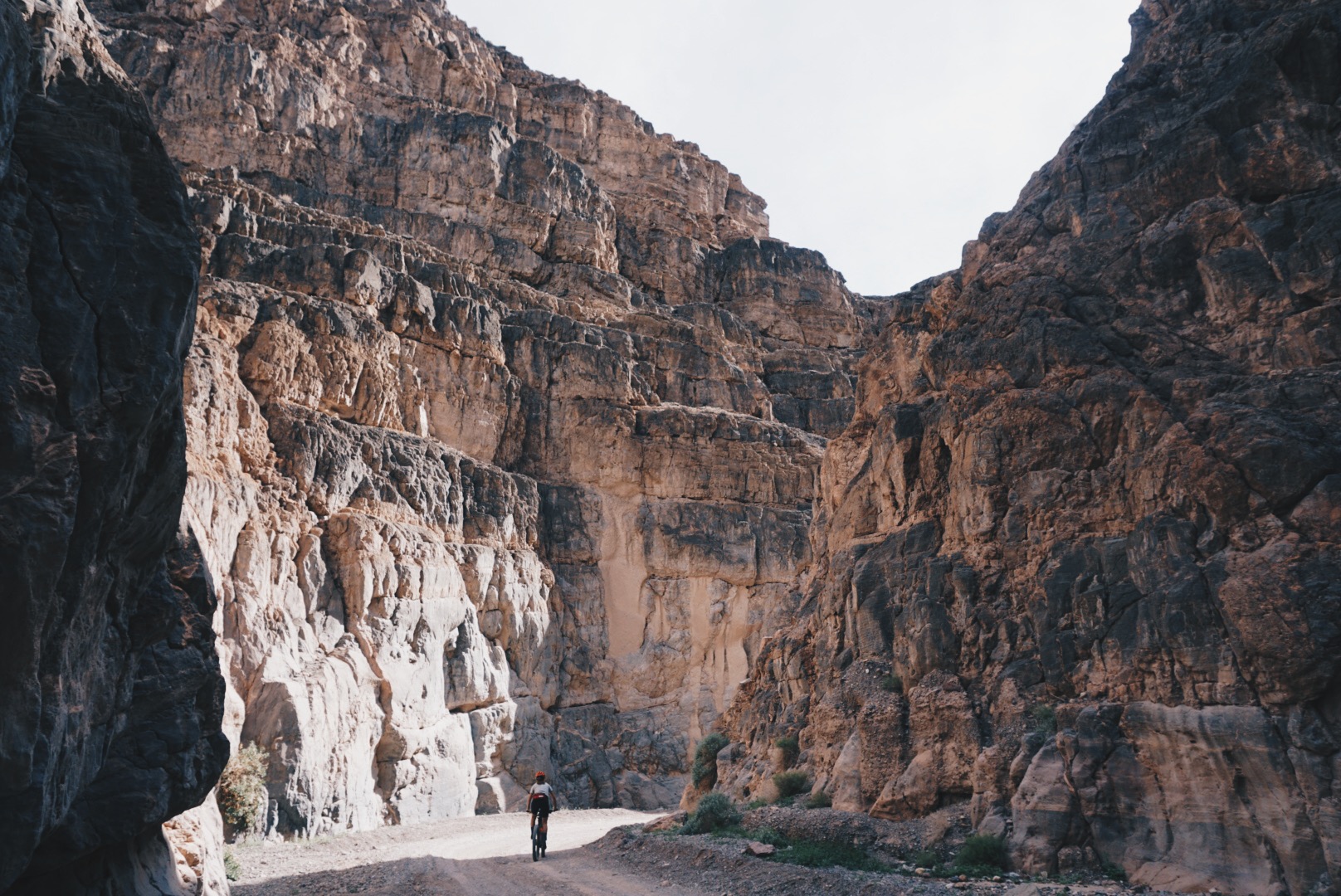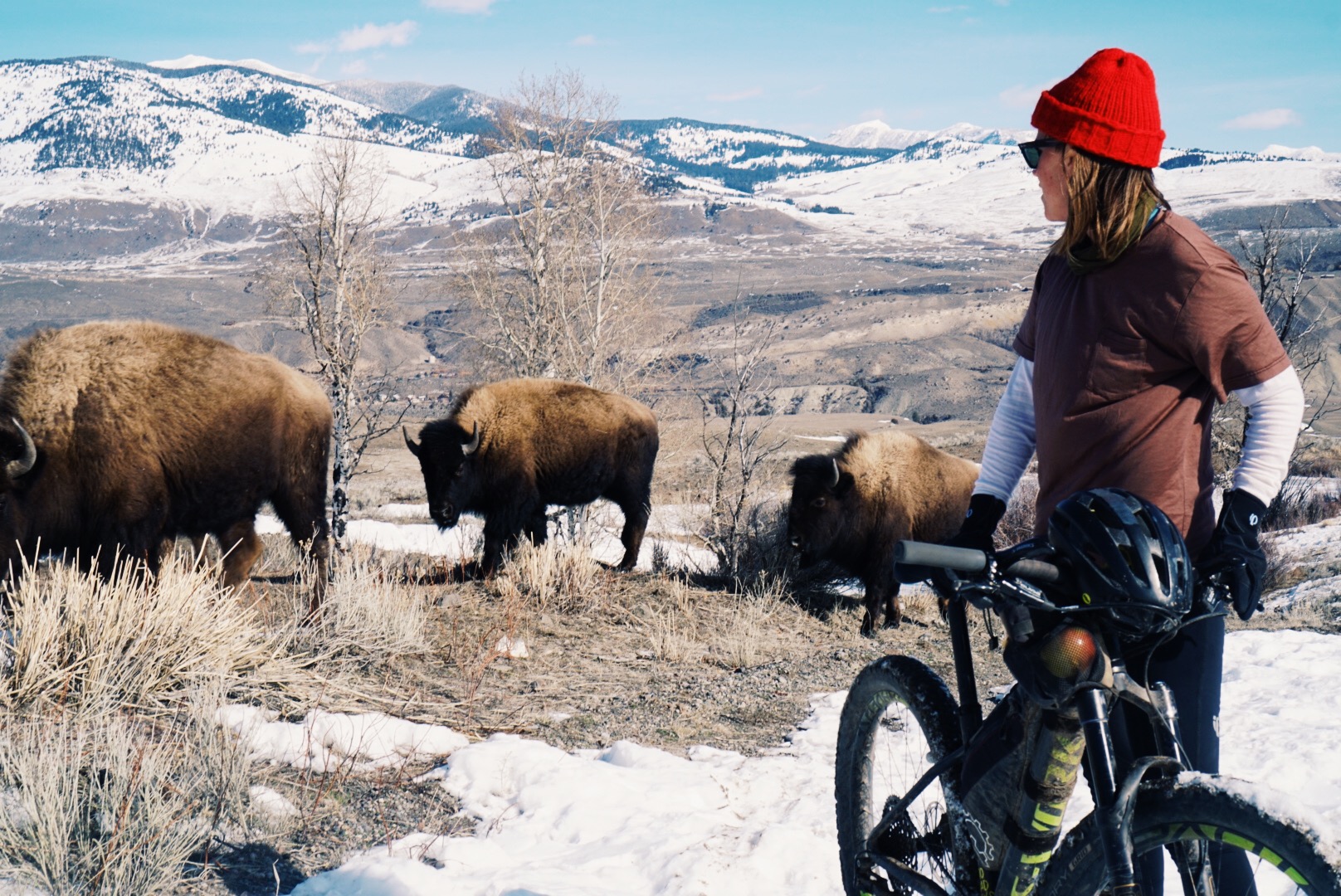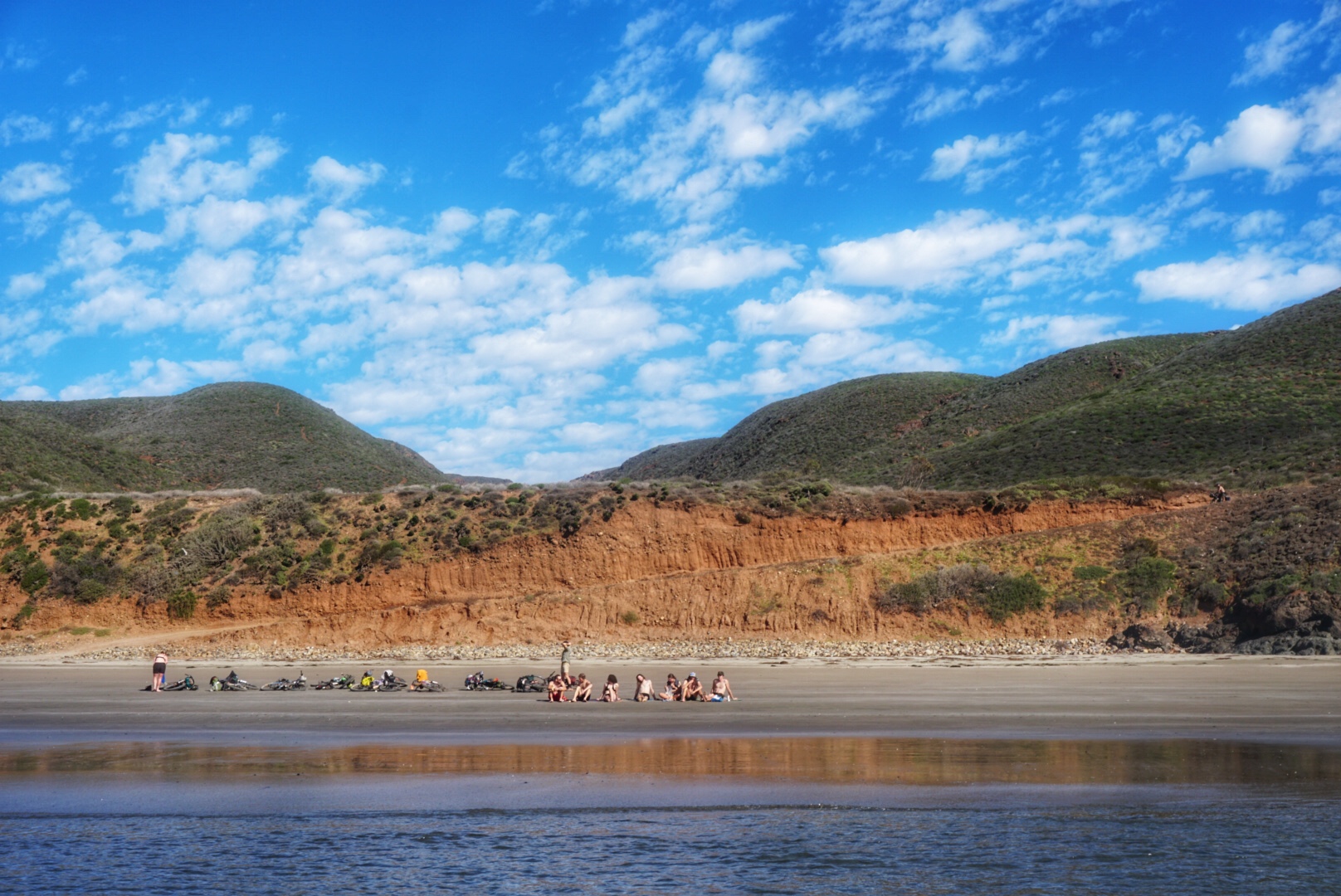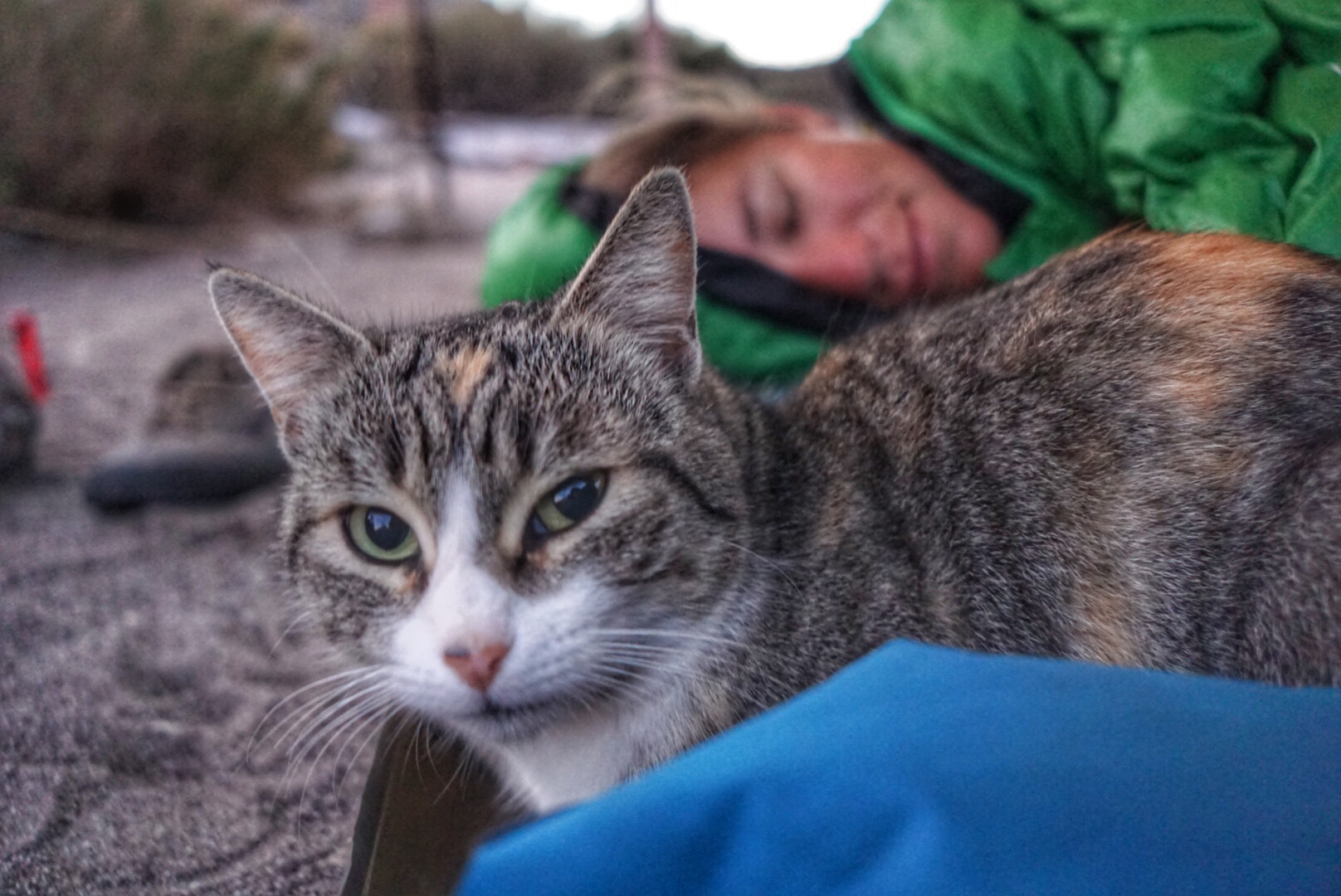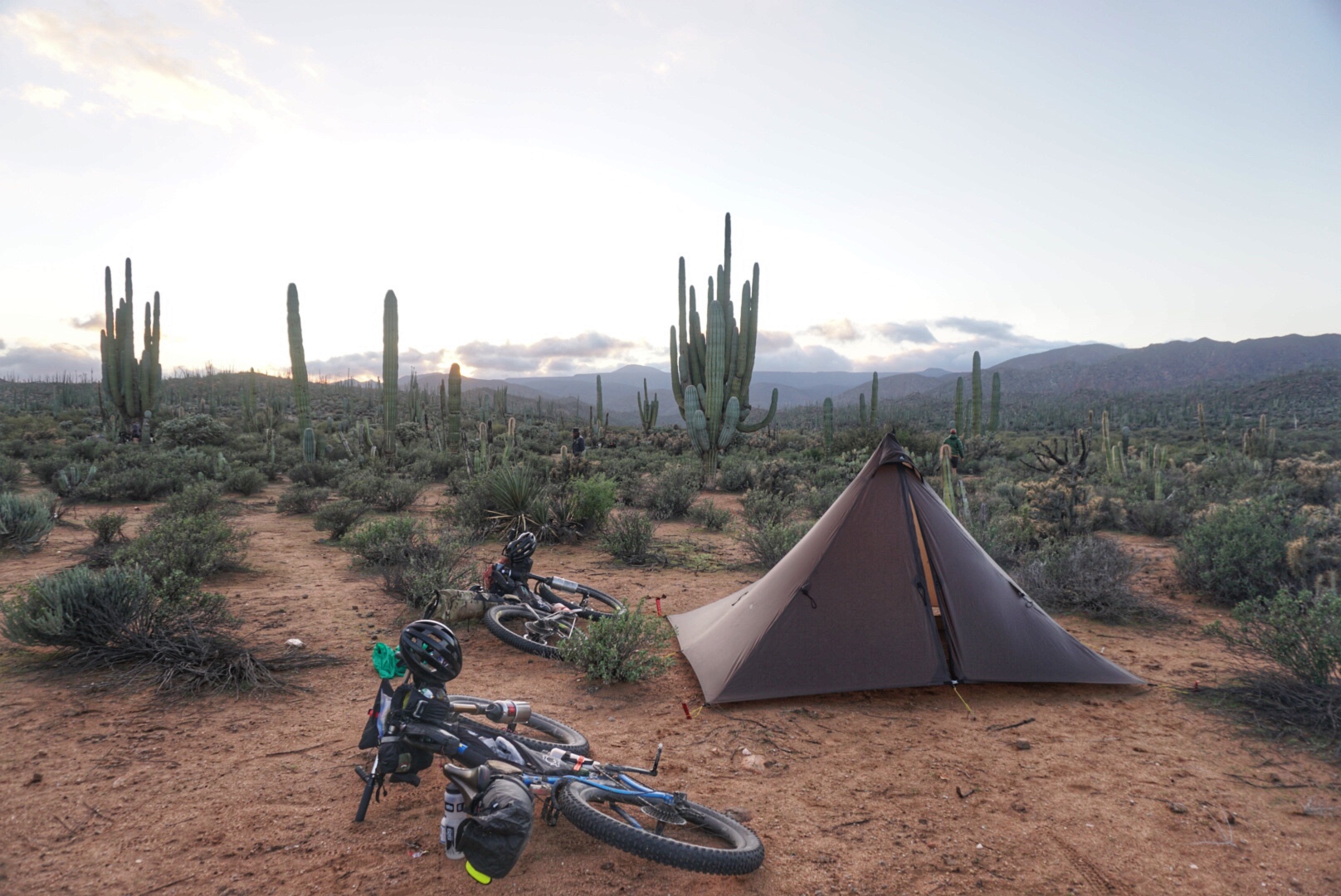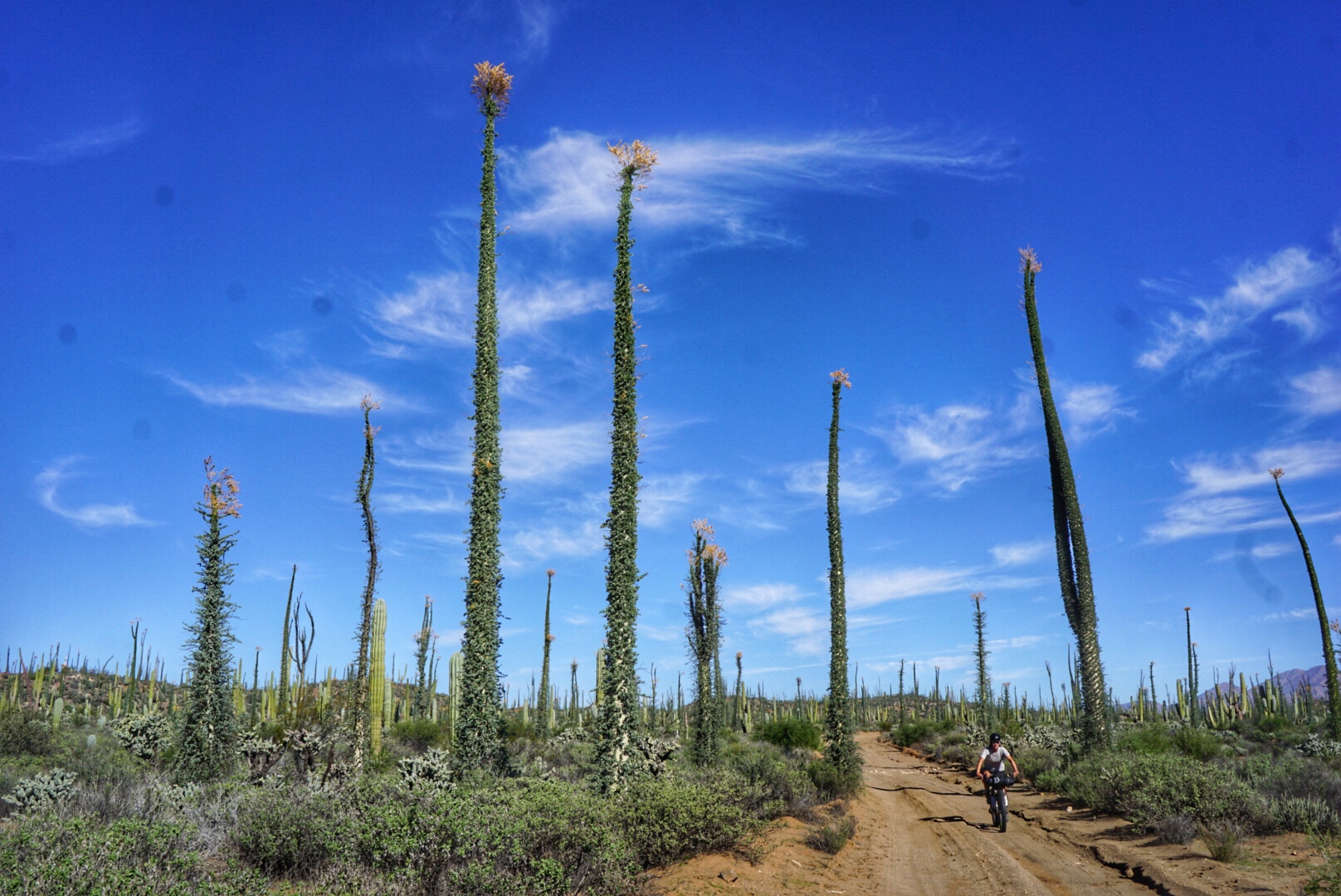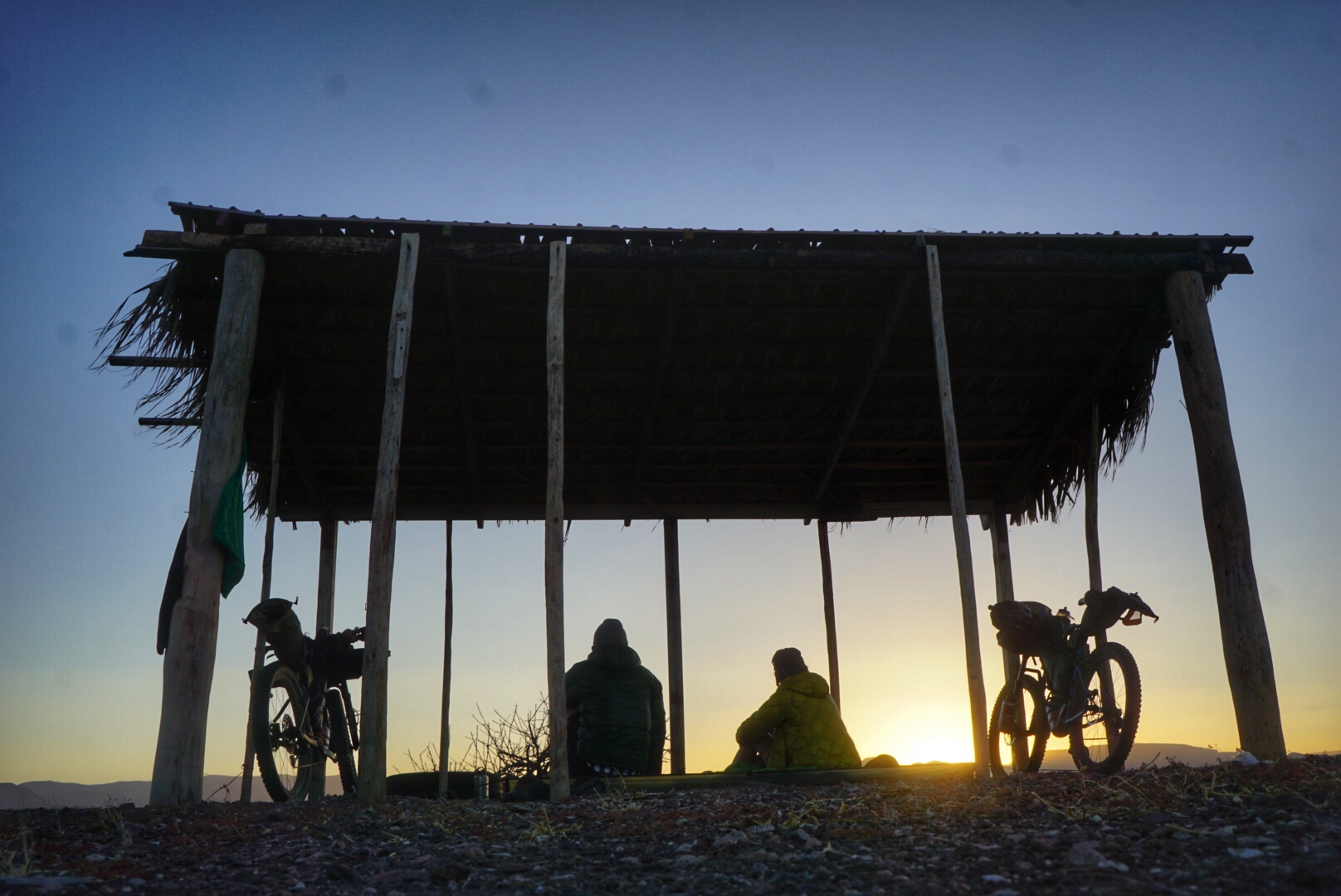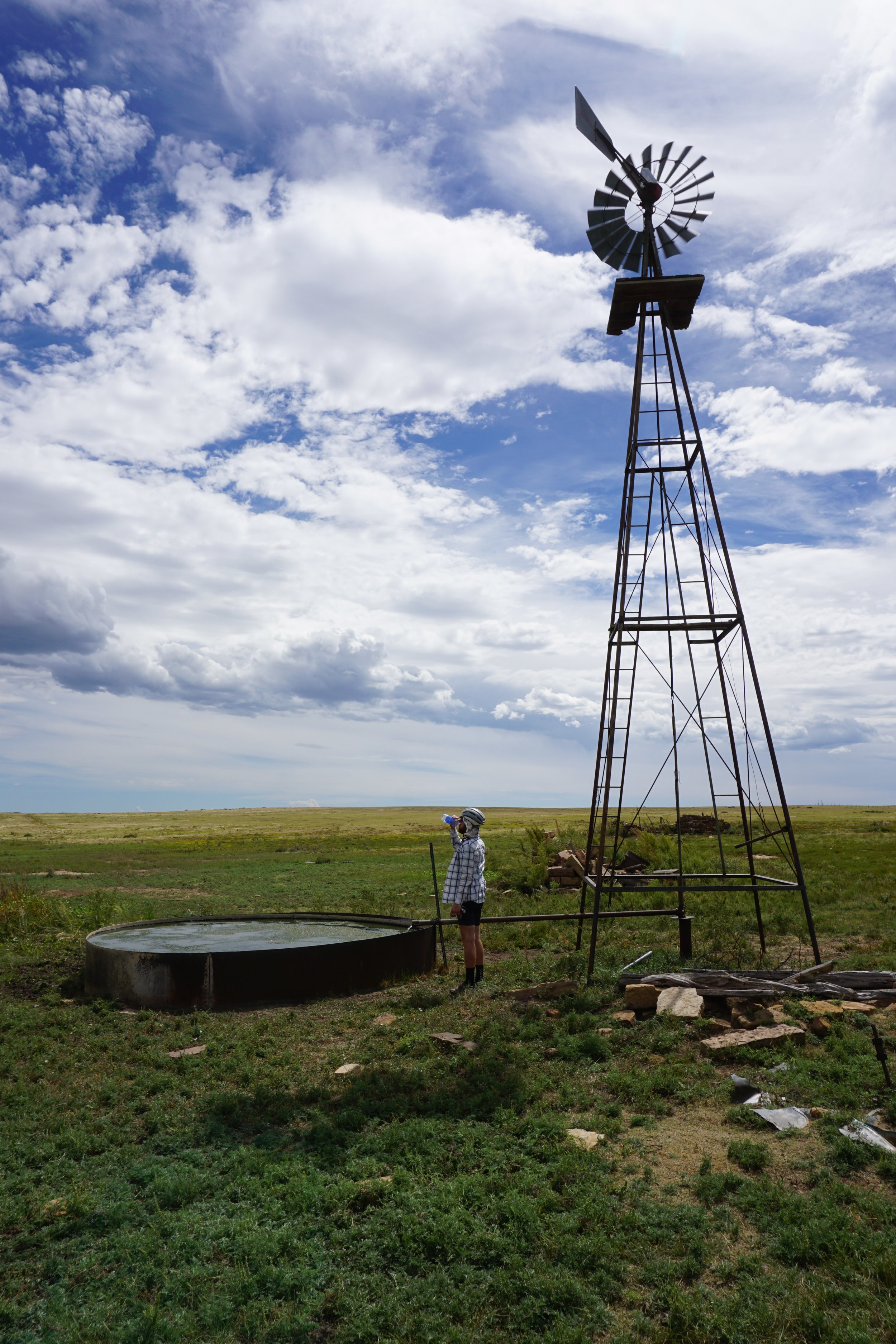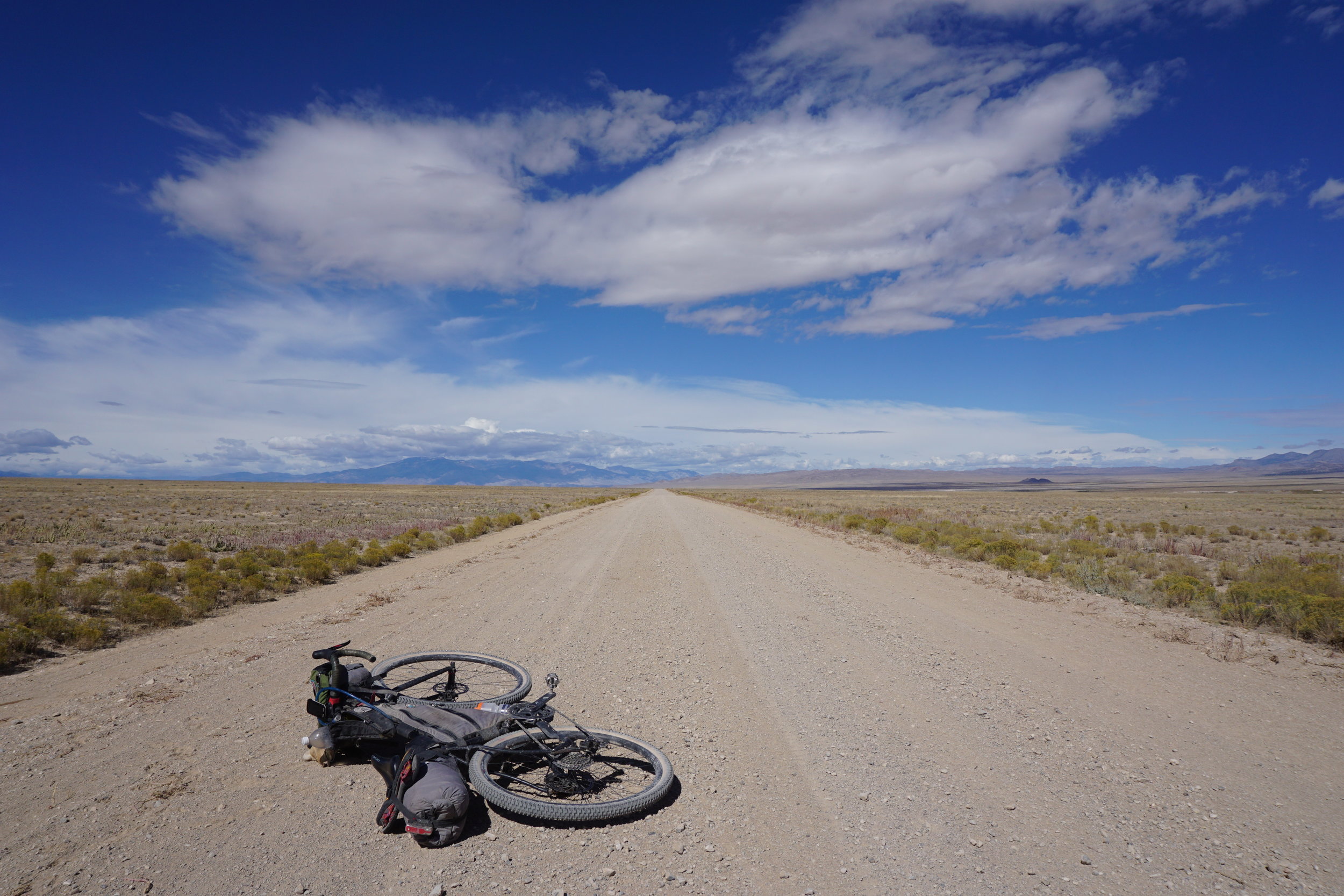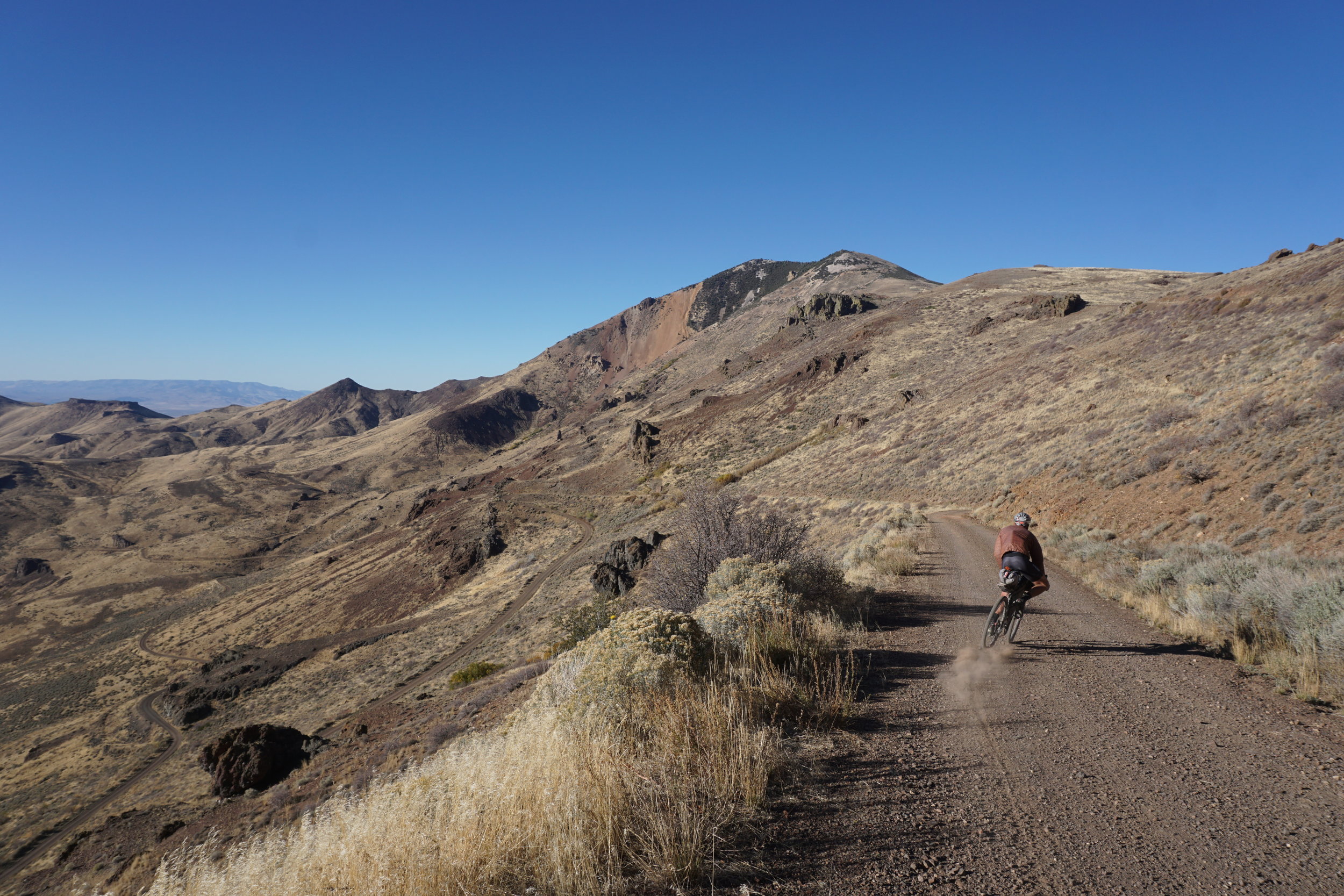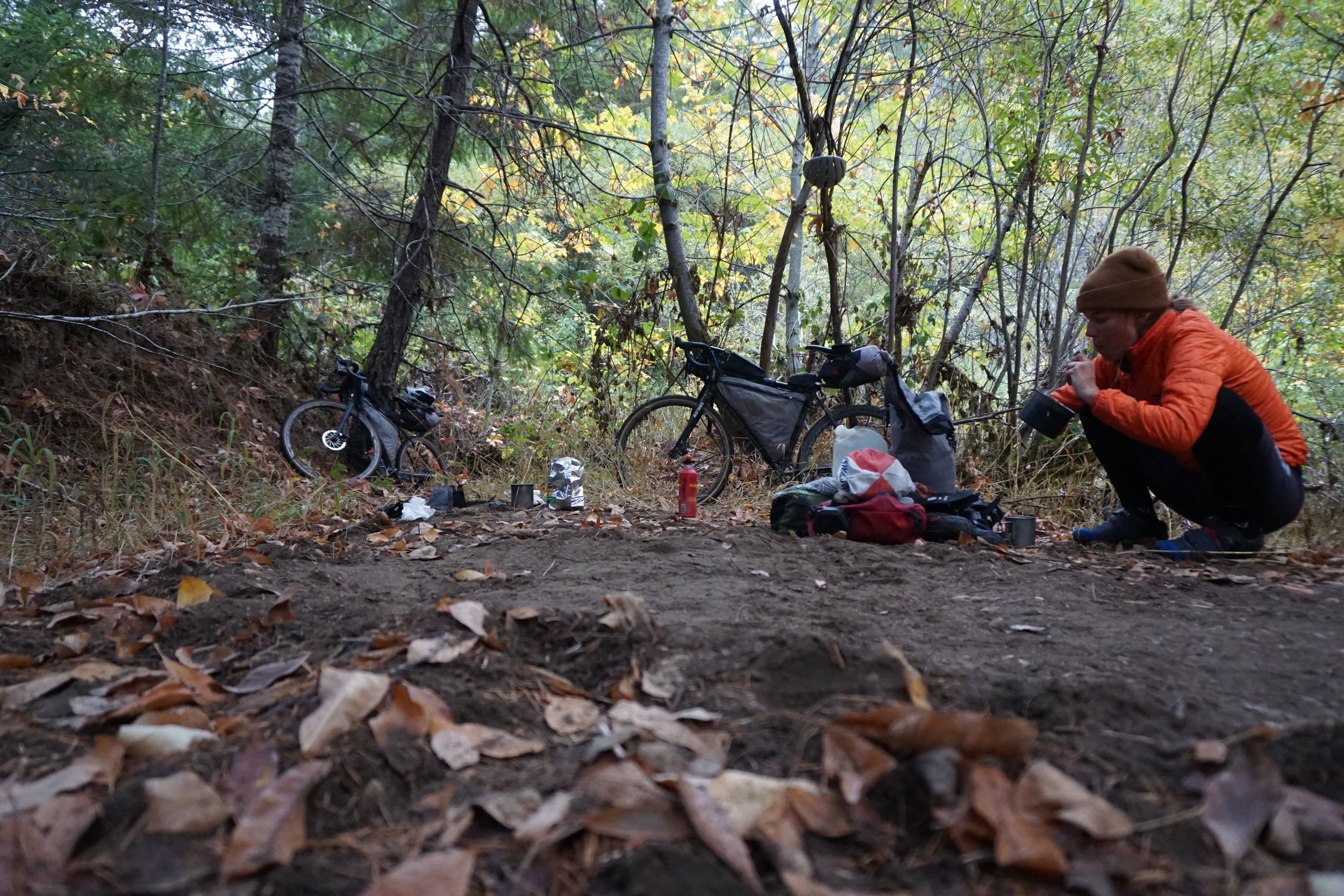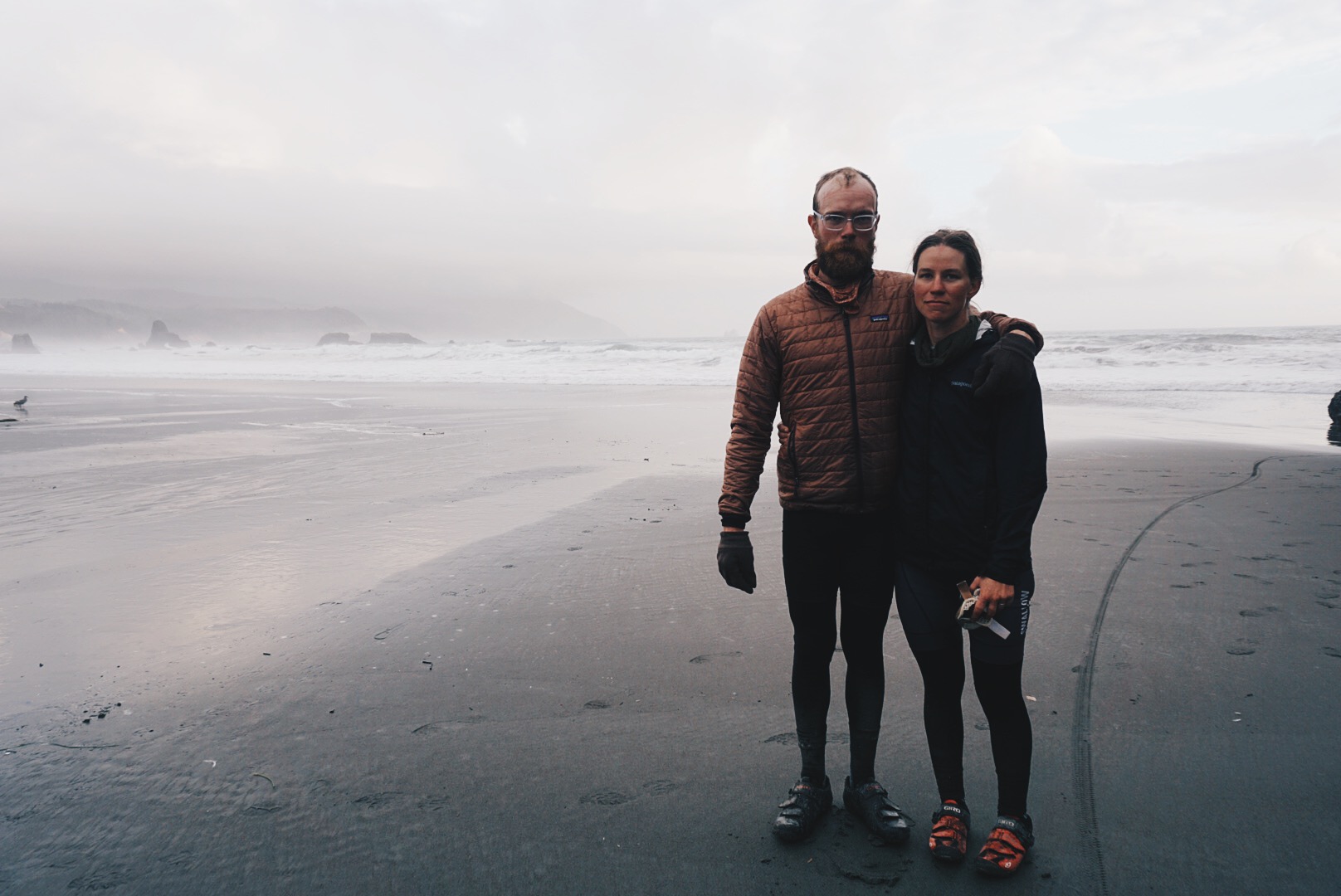Originally published in Lonely Planet’s Epic Rides of The Americas in 2019.
A perspective of America few have ever experienced: the Trans-America Trail is a 5,000-mile (8,046 km) dirt road backcountry route from the east coast to the west coast of the U.S.A.
When most people hear about the Trans-America Trail, they picture the classic Adventure Cycling Association route that follows paved roads from Astoria, Oregon to Yorktown, Virginia. The two routes share the same name, but the Trans-America Trail (also known as the ‘TAT’) that we are following across the United States follows dirt roads, gravel roads, forest roads, jeep trails, and paved back roads. Yes, there is a dirt road route from east to west across the U.S., and it’s nearly double the length of the Great Divide Mountain Bike Route. Don’t be surprised if you haven’t heard of it; this route was initially designed by and for dual sport motorcyclists (hence the name overlap), making it popular among a community of adventure motorcyclists and 4-wheel drive enthusiasts, but relatively unknown and seldom considered by bicyclists. That is, until the summer of 2015 when my partner and I rode the route in its entirety. Since then, the route has been ridden by many others and has been adapted into an ultra-endurance event called the American Trail Race that begins in May every year.
Covering over 5,000-miles (8,046 km) and 300,000 ft. (91,440 m) of elevation gain through some of the most remote stretches of the United States, the TAT provides a perspective of America that can be enjoyed free from the stresses of big cities, cars, and tourists. From east to west the route grows more remote with each pedal stroke. Eventually distances between small towns range from 70 to 140 miles (112-225 km), making finding and carrying enough water the biggest challenge of the route for bicyclists. While the entire length of the journey can take up to 3-4 months at a casual pace, the highlights of the TAT can also be enjoyed in shorter, individual sections.
As soon as I discovered that there was a dirt road route across the U.S. I was all-in. I had always dreamed about making the pilgrimage across my home country but was deterred by the prospect of riding paved roads with vehicle traffic for such a great distance. We marked a date on the calendar for when we would leave and spent a year planning and arranging our personal lives for a 3-month hiatus. We would be leaving in August in order to have time to beat the snowfall in the Rocky Mountains and to enjoy cooler temperatures by the time we reached the desert of central Utah and the Great Basin. This meant compromising with the heat and humidity of the Southeastern U.S. in the peak of summer.
Following primarily dirt roads, and ways less traveled, we began our journey on the Trans-America Trail in the Outer Banks of North Carolina and traveled west across coastal Carolina and over the Great Smoky Mountain Range. From the Smoky Mountains the route follows the back roads of the lush humid, river valleys and forests of the Central U.S. through Southern Tennessee and Northern Mississippi. It then crosses over the Mississippi River into the rugged Ozark Mountains of Arkansas before it begins the gradual, straight ascent through the prairie grasslands of Northern Oklahoma and the No Man’s Land of the state’s remote panhandle. For 100-miles (161 km), the route travels through Northeast New Mexico before navigating northwest into the Rocky Mountains and over the rugged high alpine passes of the San Juan’s. The red rocks of Moab are the route’s introduction to a long stretch across the high desert of Utah, the Great Basin of Nevada, and Eastern Oregon. Following the footsteps of the early pioneers of the California Gold Rush, the route finally leaves the desert and drops into the greener land of Surprise Valley, California and over the Cascade Mountains of Oregon where the water begins to flow in the creek beds again. The route comes to an end on Battle Rock Beach in the moody coastal town of Port Orford, Oregon.
Being our first bike tour of this scale, we stumbled our way through. We ran out of water, got stuck in the mud, hid from thunderstorms, slept with bed bugs, and rode with a crosswind for over 600 miles (965 km). We did without, snuck water from private property, pushed our bikes for miles, and sprinted from aggressive dogs. We were awe-struck by the natural beauty unfolding in front of us, food tasted better than it ever had, sleep felt better than ever, and our encounters with humans were true and honest. It was rewarding. We did hard things and they were good for us. All of our senses and emotions were heightened, and eventually we found a natural rhythm, pace, and ease of living on the TAT.
By Oklahoma, the creek beds were dry, forcing us to rely on windmills and the kindness of people who still lived on the land. Two to three days would go by before we encountered another person. There was solitude during our time between towns. It is was just us and our surroundings, whether that was in the fierce wind of No Man’s Land, or at the top of a 13,000 ft (3,963 m) mountain pass, or hiding from a torrential downpour in our tent in a church parking lot, or bathing peacefully by a cool running stream. Like the early settlers of the West, each mile we traveled revealed a new experience in terms of scenery, terrain, food, culture, and climate. The country unfolded in front of our eyes fast enough for the change to be dramatic and shocking, but at a pace slow enough that we were completely immersed in the current environment.
The TAT was a wild journey that changed my life. Not all who follow this path will have the same outcome, but those willing to make the pilgrimage are bound to learn a little more about themselves, this country, and the people who live here.
Note
Sam Correro, a passionate dual sport motorcyclist from Tennessee, developed the route over 15 years ago as a way to cross the country off-pavement with his motorcycle. Sam completed the route in 1996 and has since launched a website as a resource to purchase up-to-date maps and information for the route. These days, the route attracts hundreds of travelers from all over the world making the journey by motorcycle and bicycle.
Detail
Start / Cape Lookout, North Carolina
End / Port Orford Oregon
Distance /Approximately 5,273 miles (8,486 km)
Getting there / the closest airport is the Coastal Regional Airport (64.5 miles [104 km] from the start) servicing American Airlines and Delta. From there you can hire a shuttle, taxi, or rental car to get you to Atlantic Beach (an alternative starting point)
Where to stay / Distance between towns in the Eastern United States range between 30-50 miles and distances between towns in the Western U.S. range between 70-140 miles (112-225 km). Most towns have a variety of motels and hotels. You can also inquire for city park camping at any police or fire station. Churches are also very accommodating to through-travelers and will allow you to camp in their yard. In the West, enjoy wild free camping on public lands.
Best time of year to ride / It is best to start this route on the East Coast between May and August.
Route GPX / https://ridewithgps.com/routes/9275460
For the most up-to-date information and route versions of the route visit, https://www.transamtrail.com/ and https://www.bikepacking.com
What To Bring / GPS device, water storage and filter, camping equipment, cookware, clothes for the change in climates, repair kit and spare tubes, extra battery charger.
What type of bike / A bicycle with at least 2.2” (56 mm) wide tires is best used for this route



















































































